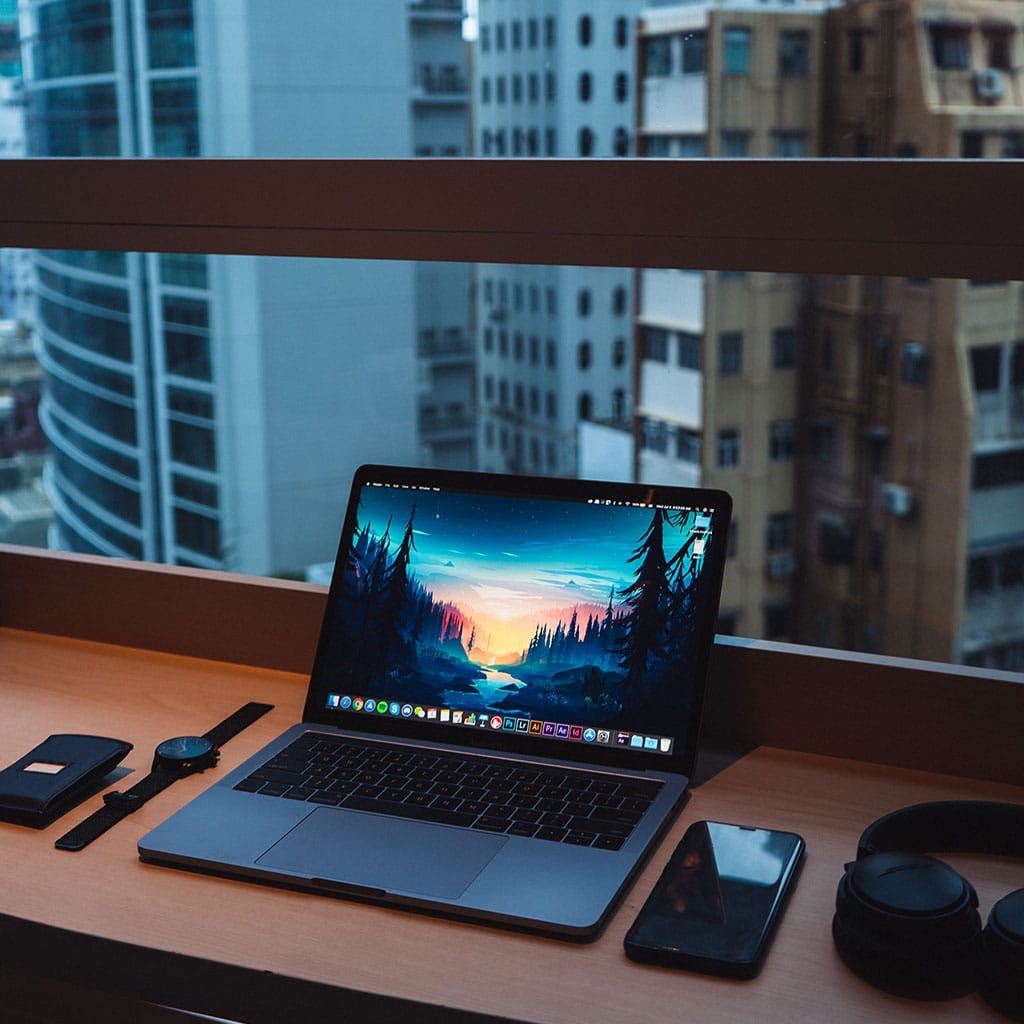How to switch to Windows on MacBook
How to switch to Windows on MacBook
Switching to Windows on a MacBook is a process known as Boot Camp. By following a few steps, you can run Windows alongside macOS. Here’s a brief guide to get you started.
Discover the ultimate guide to effortlessly switching to Windows on your MacBook!
Switching to Windows on a MacBook involves using a feature called Boot Camp, which allows you to install and run Windows alongside macOS. Here’s a detailed step-by-step guide:
- Check System Requirements: Before you begin, make sure your MacBook meets the system requirements for running Windows. You’ll need an Intel-based Mac, sufficient storage space (at least 64GB for Windows installation), a USB flash drive with at least 8GB of storage, and a valid Windows license.
- Backup Your Data: It’s crucial to back up all your important data, as the installation process involves partitioning your hard drive, which can potentially lead to data loss if not done correctly.
- Download Windows ISO: Visit the official Microsoft website and download the Windows ISO file for the version you want to install.
- Open Boot Camp Assistant: Launch Boot Camp Assistant, which is a built-in utility on macOS. You can find it by searching for “Boot Camp Assistant” in Spotlight or locating it in the Utilities folder within the Applications folder.
- Create a Bootable Windows Installer: Boot Camp Assistant will guide you through the process of creating a bootable Windows installer using the Windows ISO file and a USB flash drive. This step is essential for installing Windows on your MacBook.
- Partition Your Hard Drive: Boot Camp Assistant will ask you how much space you want to allocate to Windows. Adjust the partition size according to your needs. Keep in mind that you’ll need enough space for Windows and any applications or files you plan to use on that side.
- Install Windows: After partitioning, your MacBook will restart and boot from the Windows installer on the USB drive. Follow the on-screen instructions to complete the Windows installation process.
- Install Boot Camp Drivers: Once Windows is installed, Boot Camp will automatically launch and install the necessary drivers for your MacBook’s hardware to work properly with Windows.
- Choose Default Operating System: When you restart your MacBook, you’ll be prompted to choose between booting into macOS or Windows. You can set a default operating system in the macOS System Preferences if you prefer one over the other.
Congratulations! You’ve successfully switched to Windows on your MacBook using Boot Camp. Now, you can enjoy the flexibility of running both macOS and Windows on the same machine.
How to install Boot Camp drivers for optimal hardware performance in Windows?
After successfully installing Windows via Boot Camp on your MacBook, it’s crucial to ensure that Boot Camp drivers are correctly installed to optimize hardware performance. To do this, first, restart your MacBook and hold down the “Option” key on your keyboard. This will bring up the startup disk selection screen. Choose the Windows option to boot into the newly installed Windows system. Once in Windows, insert your macOS installation disk or USB drive. The setup process will automatically begin. Follow the on-screen instructions to install the Boot Camp drivers, which are essential for enabling full functionality of your MacBook’s hardware components in Windows. This includes features like sound, graphics, touchpad, and more. It’s important to complete this step to ensure seamless performance and functionality across both operating systems.
During this process, make sure you have a stable internet connection. This is crucial as Windows might require additional updates or drivers to be downloaded from the internet. Additionally, ensure that you have sufficient disk space available for the driver installation. Once the entire process is complete, your MacBook will be fully optimized to run Windows, offering a smooth and efficient computing experience.
Conclusion
In conclusion, switching to Windows on your MacBook is simple and straightforward with the help of Boot Camp Assistant. First, partition the hard drive to allocate sufficient space for Windows. Then, insert the Windows installation disk or USB drive and follow the on-screen instructions to install Windows. Once complete, boot into Windows and install the necessary drivers using the macOS installation disk or USB drive to ensure optimal hardware performance. Finally, restart your MacBook and choose between booting into macOS or Windows from the startup disk selection screen. With these steps, you can now enjoy the flexibility of using both operating systems on your Macbook.





You must be logged in to post a comment.